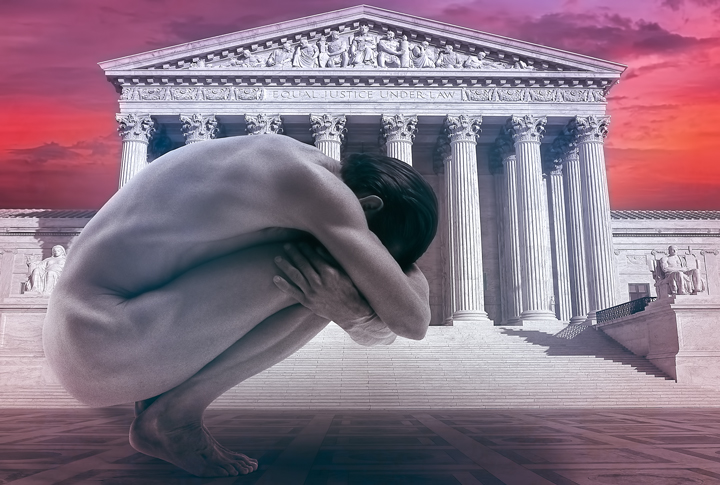Self-concept and false beliefs
Self-image is mental picture, that depicts not only details that are potentially available to objective investigation (height, weight, hair color, etc.), but also items that have been learned by that person about themselves.
Self-image may consist of three types: resulting from how an individual sees oneself, how others see the individual and how the individual perceives that. These three types may or may not be an accurate representation of the person. All, some or none of them may be true.
A more technical term for self-image that is used by psychologists is self-schema. The self-schema refers to a long lasting and stable set of memories that summarize a person’s beliefs, experiences and generalizations about the self.
A person may have a self-schema based on any aspect of himself, including physical characteristics, personality traits and interests, as long as they important to his self-definition.
Schemas can be viewed as a cognitive framework that organizes the relationship between external social stimuli and one’s behavioral reactions.
Once people have developed a schema about themselves, there is a strong tendency for that schema to be maintained by a bias.
A cognitive bias is a systematic pattern of deviation from norm or rationality in judgment. Individuals create their own “subjective social reality”. Thus, cognitive biases may sometimes lead to perceptual distortion, inaccurate judgment, illogical interpretation, or what is broadly called irrationality.
Some cognitive biases are a “by-product” of human processing limitations, resulting from a lack of appropriate mental mechanisms, or simply from a limited capacity for information processing.
A continually evolving list of cognitive biases has been identified over the last six decades of research on human judgment and decision-making in cognitive science and social psychology. Some are effects of information-processing rules (i.e., mental shortcuts), called heuristics, that the brain uses to produce decisions or judgments.
These are the most common biases that affect belief formation and human behavior in general.
– The tendency to do (or believe) things because many other people do the same.
– The tendency to see oneself as less biased than others, or to be able to identify more biases in others than in oneself.
– The tendency to search for, focus on and remember information in a way that confirms one’s preconceptions.
– The tendency to give an opinion that is more socially correct than one’s true opinion.
– The tendency for unskilled individuals to overestimate their own ability and the tendency for experts to underestimate it.
– The tendency to interpret others’ behaviors as having hostile intent, even when the behavior is ambiguous or benign.
– The tendency to overestimate one’s degree of influence over external events.
– The tendency to believe that a statement is true if it is easier to process, or if it has been stated multiple times.
– The tendency for expectations to affect perception.
– The tendency and desire to do the opposite of what someone wants you to do, in order to prove your freedom of choice.
– Expecting a member of a group to have certain characteristics without having actual information about that individual.
– The tendency for explanations of other individuals’ behaviors to overemphasize the influence of their personality and underemphasize the influence of their situation, and for explanations of one’s own behaviors to do the opposite.
– Overestimating one’s desirable qualities, and underestimating undesirable qualities.
– The tendency for people to give preferential treatment to others they perceive to be members of their own groups.
– The tendency for people to believe that the world is fundamentally just, causing them to rationalize an otherwise inexplicable injustice as deserved by the victim(s).
– The belief that we see reality as it really is; that the facts are plain for all to see; that rational people will agree with us; and that those who don’t are either uninformed, lazy or biased.
– The tendency to claim more responsibility for successes than failures.
– The tendency to prefer approaches that eliminate some risks completely, as opposed to approaches that reduce all risks.
from Wikipedia




